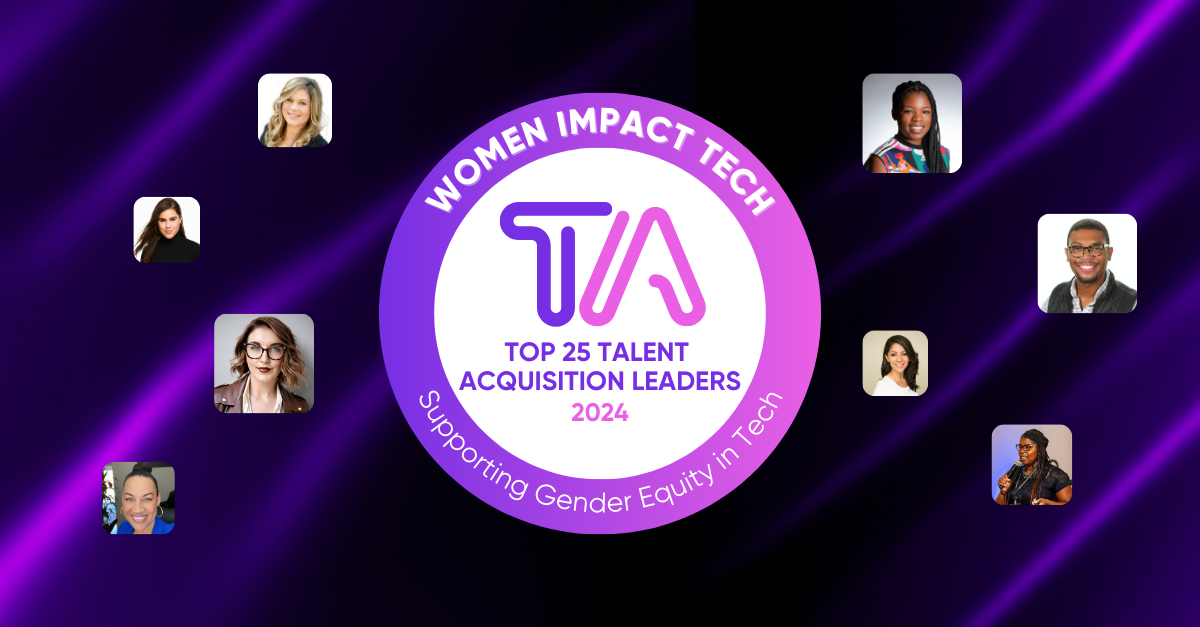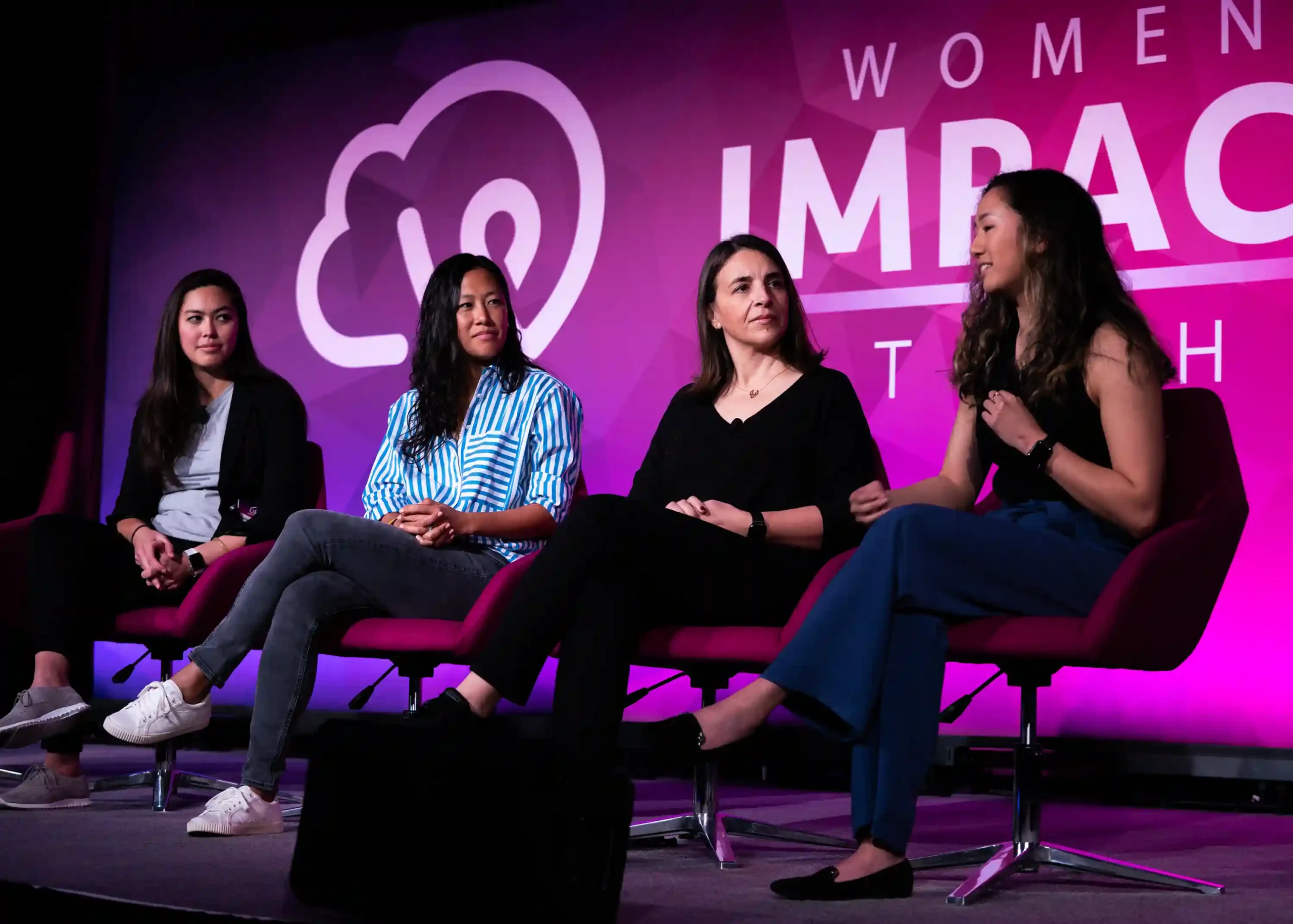
Press Release: Women Impact Tech Announces Honorees of Their Inaugural Top 25 Talent Acquisition Leaders Award for Achievements in Workplace Diversity and Gender Equity
The Women Impact Tech Talent Acquisition Leaders Award honors those with an outstanding commitment to gender equity and diverse hiring in the tech sector.





